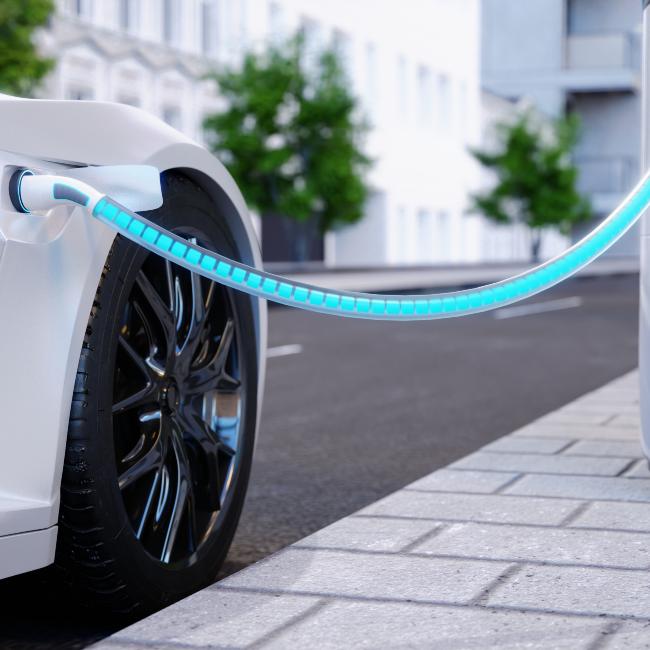Youth Unleashed
Exploring the vibrant voices and trends shaping the youth culture today.
Are Electric Cars the New Unicorns of the Road?
Discover why electric cars are the rare gems of the road—explore their rise, allure, and what makes them the future of driving!
The Rise of Electric Cars: Are They the Future of Sustainable Transportation?
The rise of electric cars is transforming the transportation landscape, positioning them as a key player in the pursuit of sustainable transportation. With the increasing concerns over climate change and the environmental impact of fossil fuels, many governments and consumers are turning to electric vehicles (EVs) as a viable alternative. According to the International Energy Agency, the number of electric cars on the road surpassed 10 million in 2020, a trend that shows no signs of slowing down. This movement not only reduces greenhouse gas emissions but also promotes energy independence by decreasing reliance on imported oil.
The question remains: are electric cars truly the future of sustainable transportation? While challenges such as battery production and charging infrastructure persist, advancements in technology are paving the way for a cleaner and more efficient transportation system. Innovations in battery technology, such as those reported by ScienceDirect, promise to improve the range and efficiency of electric vehicles, making them even more appealing. Furthermore, as renewable energy sources become more prevalent, the overall carbon footprint of electric cars is expected to decrease, further solidifying their role in a sustainable future.

What Makes Electric Cars the 21st Century's Unicorns?
Electric cars are often hailed as the unicorns of the 21st century due to their transformative potential in revolutionizing transportation and reducing environmental impact. Unlike traditional vehicles, these modern marvels operate on electric power, significantly decreasing greenhouse gas emissions and dependence on fossil fuels. As the world grapples with the effects of climate change, the adoption of electric vehicles (EVs) has become increasingly vital. Leading innovators such as Tesla have spearheaded this revolution, showcasing that electric cars can offer impressive performance, sustainability, and even luxury, appealing to a broad audience.
Moreover, the rapid advancements in battery technology and infrastructure, such as the expansion of charging stations and research into faster charging solutions, contribute to the electric car's status as a 21st-century unicorn. With growing government incentives and a surge in consumer demand, the global market for electric vehicles is forecasted to grow exponentially in the coming years. This shift not only enhances energy efficiency but also paves the way for a future where clean automotive technology becomes the norm rather than the exception, making electric cars a symbolic representation of progress.
Electric Cars vs. Traditional Vehicles: What You Need to Know Before Making the Switch
As the world shifts towards sustainable transportation, electric cars and traditional vehicles are at the forefront of this transformation. Understanding the differences between these two options is crucial before making the switch. One of the key distinctions lies in their environmental impact. Electric cars produce zero tailpipe emissions, making them a cleaner choice for urban areas. On the other hand, traditional vehicles, typically powered by gasoline or diesel, contribute significantly to air pollution. According to a study by the EPA, transitioning to electric vehicles could dramatically reduce greenhouse gas emissions, offering a cleaner future for all.
Additionally, the cost of ownership is another important factor to consider. While the initial purchase price of electric cars can be higher compared to traditional vehicles, incentives and savings such as tax credits and lower fuel costs can offset this expense over time. It's estimated that electric car owners can save significantly on fuel and maintenance in the long run. For instance, the U.S. Department of Energy outlines various benefits associated with electric vehicles, including lower operating costs and the convenience of charging at home. When deciding whether to make the switch, it's essential to evaluate both the short-term and long-term financial implications.